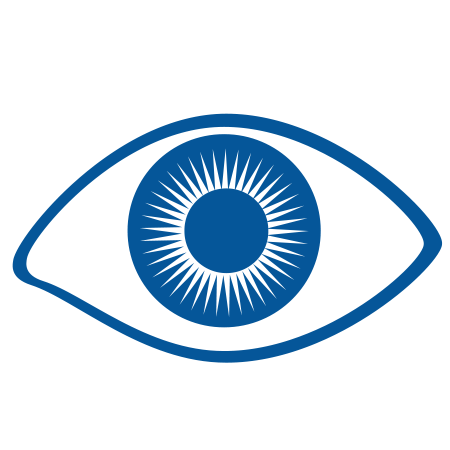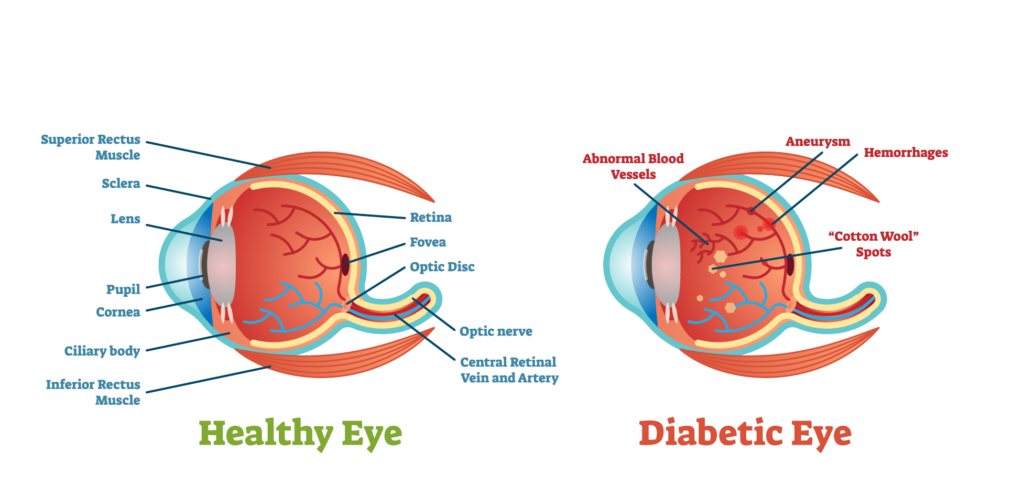A common complication in the diabetic population
Diabetic Retinopathy is a common disorder affecting 12 million Americans1, which occurs when the blood vessels at the back of the eye (the retina) are damaged .
Early signs of this disease includes:
- blurriness
- “floaters”
- difficulty perceiving colors
- dark areas of vision
- fluctuating vision
This chronic condition is the leading cause of all blindness in the United States, not just those with diabetes2.

Expensive to manage, making early detection critical

Diabetic Retinopathy - DRE
DRE is a progressive chronic condition, and the cost of care increases as the disease becomes more severe, making early identification critical to improving patient outcomes and delivering cost-effective care.
There are two main types of DRE. Nonproliferative DRE or early DRE is caused when blood vessels in the retina become damaged, preventing the creation of new blood vessels. Advanced or proliferative DRE is caused when early DRE progresses, leading to the cutoff of blood vessels in the retina, causing new, abnormal blood vessel creation.
Biomedix Xchange & Diabetic Retinopathy
![]() The Biomedix Xchange population health management platform enables quick, intuitive, and secure identification of DRE in targeted patient populations. Featuring an integrated technology stack with IRIS, DRE results are automatically aggregated for longitudinal analysis and reporting. This is particularly valuable for polychronic populations managed by value-based care organizations such as Medicare Advantage plans (MAOs), Accountable Care Organizations (ACOs), and Direct Contracting Entities (DCEs).
The Biomedix Xchange population health management platform enables quick, intuitive, and secure identification of DRE in targeted patient populations. Featuring an integrated technology stack with IRIS, DRE results are automatically aggregated for longitudinal analysis and reporting. This is particularly valuable for polychronic populations managed by value-based care organizations such as Medicare Advantage plans (MAOs), Accountable Care Organizations (ACOs), and Direct Contracting Entities (DCEs).